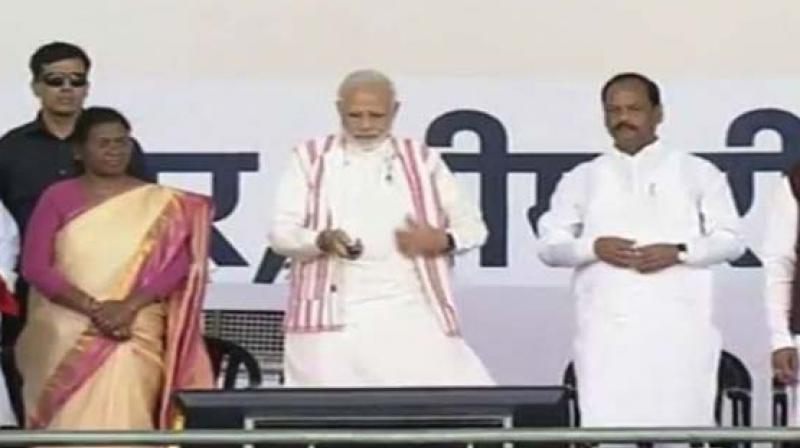PMJAY: Develop metrics to track supply side response

Pradhan Mantri Jan Arogya Yojana (PMJAY) has gotten off to a good start. Within a month of its launch, nearly 100,000 people have availed hospital care or are availing the care under PMJAY that promises to provide free hospital care of up to Rs 500,000/family every year to over 100 million poor and vulnerable families in India. As more states intensify their efforts in implementing the scheme, there will be an acceleration in the number of eligible beneficiaries availing the benefit. Between now and the next general elections, at least 1 million people would have availed this benefit – a decent number to yield political dividend to the incumbent central government in the next elections. But that’s not the real motive.
Real intent of PMJAY
Political motive may have been the reason behind the timing of its launch. But the real motive behind the scheme is to shield the poor from the hospital expenses so that they are not deprived of treatment or not marginalized further due to the payment of hospital bills. Nearly 60% of total healthcare spending in the country is met by the affected households by paying through out-of-pocket. Of this 60%, anywhere between 30% to 40% is on account of hospital care expenses. The prime objective of PMJAY is to reduce this out-of-pocket spending. Indeed, the National Health Policy (NHP) 2017 has set the goal of decreasing the proportion of households experiencing catastrophic health expenditures by 25% by 2025.
Another objective of PMJAY is to make geographical distribution of hospital care more balanced. Indeed, most of the hospitals are concentrated in big cities and towns. This is forcing people living in smaller towns and rural areas and in need of hospital care to travel long distances, with all the attendant adverse consequences. How does PMJAY seeks to reduce this geographic imbalance of hospitals?
Track supply side response
The government has a strategy to strengthen public hospitals at district and sub-district level as well as to forge partnerships with the private sector to augment supply. Unlike the demand side where providing entitlement to a well-identified population has simplified the challenge, augmenting the supply of hospital care especially in the under-served areas is a hard nut to crack. Given the uncertainty around reimbursement rates and additional incentives, it is unlikely that private players would rush to investing in new hospitals in the under-served areas. Dr. Girdhar Gyani, Director General of the Association of Healthcare Providers (India), too believes that government would need to give additional incentives if it wants to attract private investments in any significant manner in the under-served areas.
Moreover, a huge shortage of doctors, including specialist doctors, means that even all public hospitals will not get strengthened in a major way anytime soon. What we may observe, however, is some expansion of small existing hospitals like nursing homes as well as NABH accreditation of these facilities.
Supply response to the PMJAY is important for its full scale up and success though. If the beneficiaries have to travel long distances to seek care, it will affect their hospital utilization. Because the supply side is so important, there is a need to have an explicit goal for it, with a few good indicators to track the supply side response of PMJAY especially in the under-served areas. Indeed, the NHP 2017 mentions about defining norms based on population as well as time taken to reach health facilities.
Full scale up — a longer-term play
Just 3 states -- Bihar, Madhya Pradesh and Uttar Pradesh – account for more than one-third of the total beneficiaries. These are also the states that have large under-served areas. Getting the supply side to move in these areas is going to be a big challenge – certainly not something that can be met anytime soon. So, it is a medium to longer-term play.
Information and communication technology revolution can play an important role in wide variety of ways in augmenting the supply of hospital care. Even so, it is reckoned that establishing smaller facilities say 100-bedded hospitals is the way to go in the under-served areas. Given the health manpower gap, establishing the required number of beds in the under-served areas is a longer-term play.
Unfortunately, not much information is available in public domain about the geographical distribution of hospitals beds, let alone having a meaningful discussion around this issue. The supply side issue cannot be left to the market forces of demand and supply. An active engagement of states is needed on this issue. The centre could take the led on getting the states to put a plan in place.
Short term imperatives may be keeping the implementers busy for now but a longer-term view on the supply side is inescapable. And the time to start thinking and planning for the supply response is now.
The writer is a development economist, formerly with the Bill & Melinda Gates Foundation and the World Bank.

